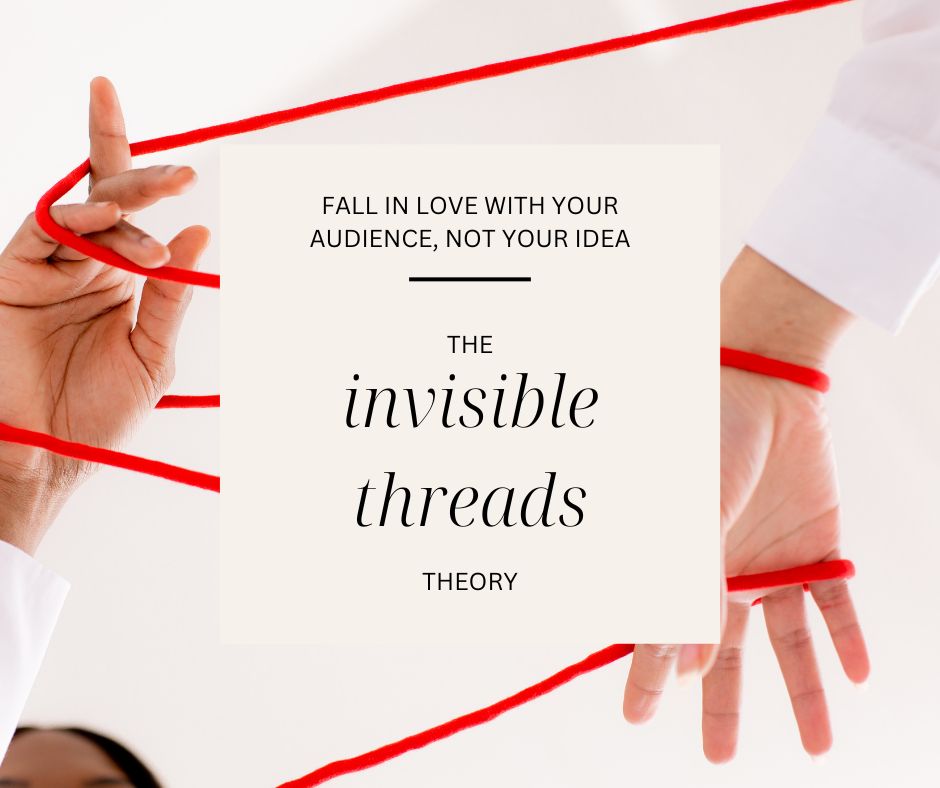In 1948 John Cage conceived a composition that consisted of nothing else but 4’ and 33” of silence, or more precisely, the absence of intended sounds, and only ambient sound.
Execution-wise, it could have been performed by untrained musicians. Innovation-wise, silence is hardly new. There is silence before every concert – all that Cage did – technically speaking – was prolong it for 4’33” seconds.
What can adequately explain an idea’s success if neither innovation or execution can?
The fact is, there is something much deeper going on. Let’s visualise the world as a web of invisible threads that connect a creator’s vision with some peoples’ needs, and your mission is to pull one thread. It is not that hard to trace tens if not hundreds of possible invisible threads between you and the people around you that could lead to an idea that is successful. After all, there are as many unresolved problems as there are people.
As trivial as this notion may sound in theory, too many creators tend to pursue innovation and perfect execution. But once you start with a belief that you have something to contribute, when you are building something for someone, someone specific, then an idea’s success is defined as finding that invisible thread and tracing it to another human being: does it solve that their problem, does it teach them something, does it better their life?
So, let’s go on and replace:
“Is it innovative?” with “Is it useful?”
“Is it original?” with “Has it been done for my people?”
“Will it be successful?” with “Will it change their life to the better?”
Let’s go back to Cage: Soon after 4’33” was performed, it became obvious to a small discerning part of the audience that the work was intended to help them discover the impossibility of actual silence in life. Coughs, squeaking seats, even departing footsteps of discontent audience members became part of the unusual composition. It wasn’t for everyone. It was for very few special people. For them it made an impact – it changed something in their lives – no matter how small that change may have been.
It’s not the idea we must fall in love with, but with the audience.



